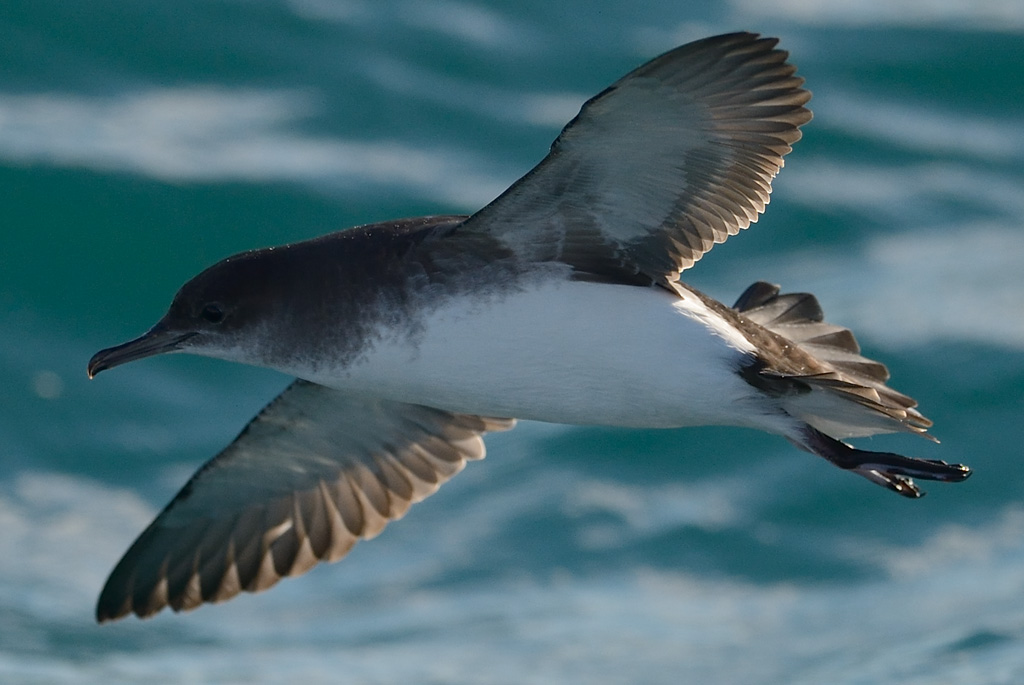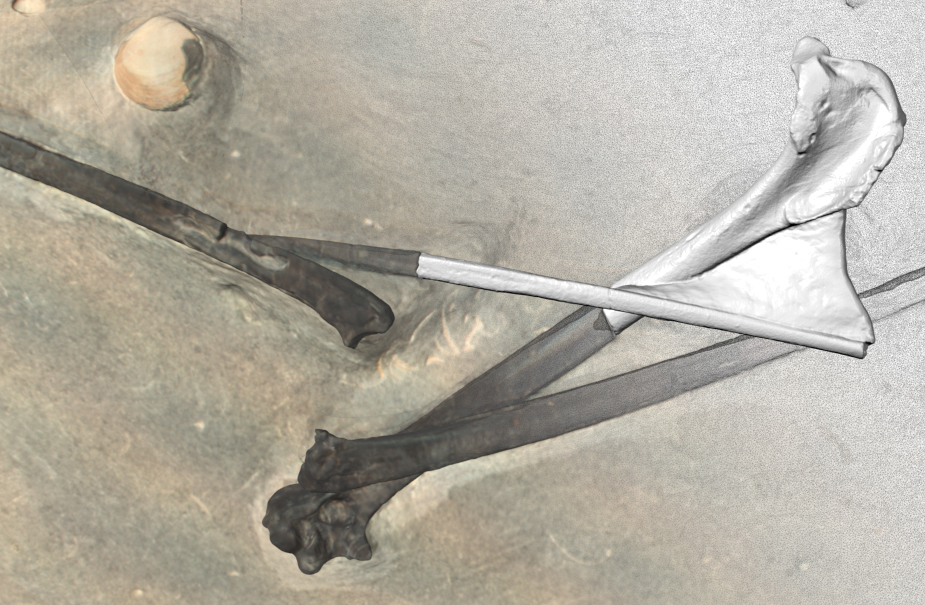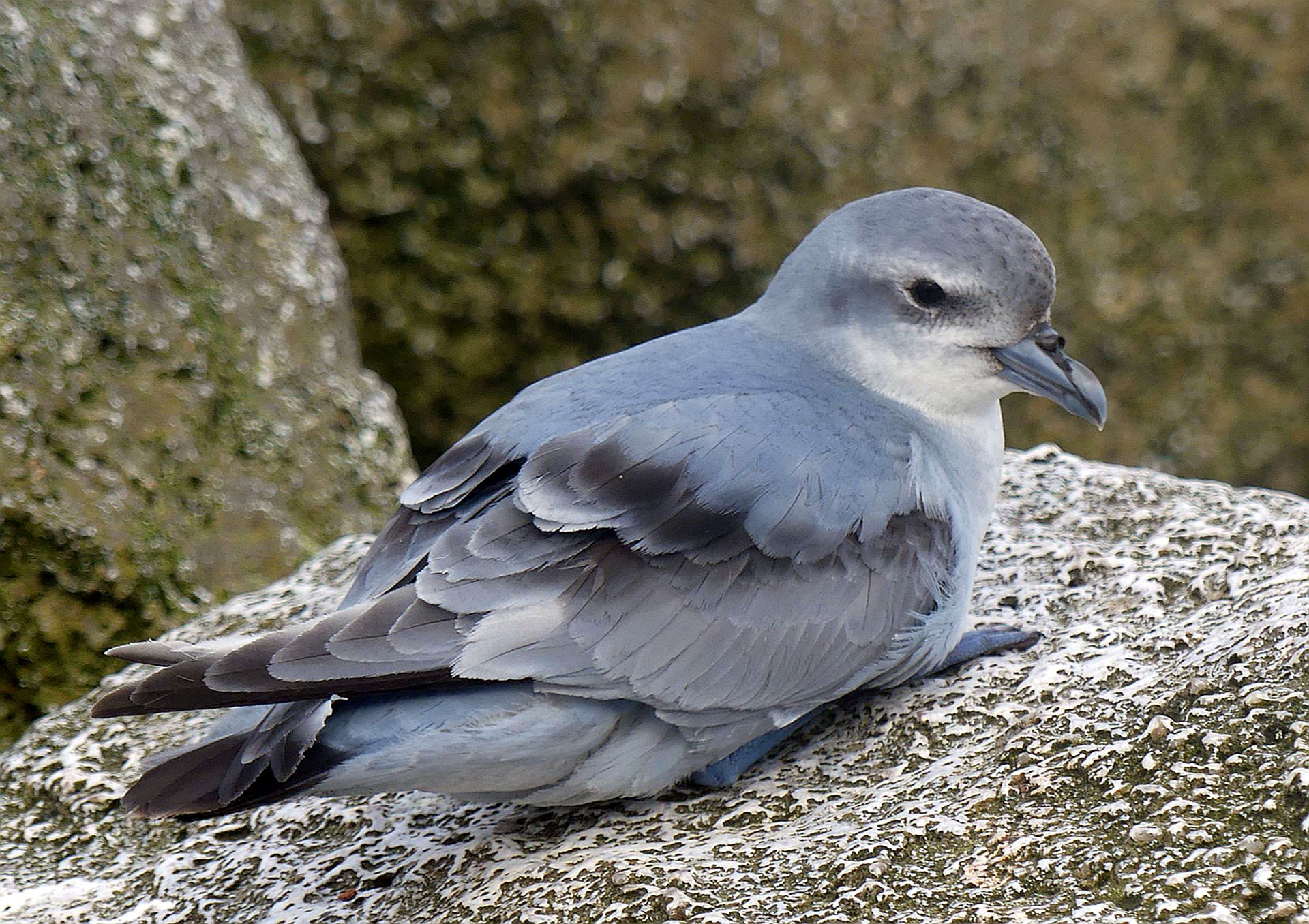Month: October 2022
Why do seabirds die?
October 18th, 2022Initial analysis from a recent study into the cause of seabird deaths, based on injured birds from the Hauraki Gulf, suggests the main cause to be head trauma, followed closely by internal bleeding or a combination of both. These are the types of injuries consistent with that of groundings and collisions from light pollution as many seabirds have been documented to be disorientated by lights and end up landing on the ground and/or colliding with structures. The research, using dissections and necropsies, has helped provide some evidence that seabird groundings from light pollution can be fatal for many seabirds. This information can be used for future planning to reduce light pollution in New Zealand cities, and internationally.
A summary article of this project is available here
This research by Agustina Dominguez and Ariel-Micaiah Heswall was supported by the Birds New Zealand Research Fund.
New method for identifying bones
October 18th, 2022Recent research on bird bone shape and taxonomic ID has provided a new method for identifying isolated long bones using shape combined with landmark- and pseudolandmark-(landmark free) based classification analysis. The 3D shape-based classification method was applied to a case study of seabird bones belonging to penguins and tubenosed birds, where order- and family-level predictions of taxonomic identities were achieved with 100% accuracy. This work has now been published in Journal of Archaeological Science https://doi.org/10.1016/j.jasrep.2022.103641 and a summary article is available here.
This MSc research by Emma Holvast was supported by a David Medway Scholarship grant.
New Zealand gains two more endemic bird species
October 4th, 2022Recent analyses by Te Papa revealed several surprises that affect the conservation significance of prion populations on the Chatham Islands in particular, and also in the New Zealand subantarctic region as a whole!
The key findings were:
- The ‘fulmar prions’ from the Chatham Islands are not closely related to the true fulmar prions that breed on the Bounty Islands and Snares Islands (Western Chain), and are more closely related to fairy prions. As they breed in close proximity to fairy prions (on Mangere Island and the Murumurus), we recommend that the prions that breed on The Pyramid and the Forty Fours be recognised as a full species that is endemic to the Chatham Islands (Pyramid prion P. pyramidalis).
- The prions that breed on Heard Island (Australian territory) are subantarctic fairy prions (Pachyptila turtur eatoni) NOT lesser fulmar prions (P. crassirostris flemingi). This means that lesser fulmar prions are endemic to the Auckland Islands, and that Australia has lost a breeding species
- As the ‘fulmar prions’ from the Chatham Islands are not closely related to the true fulmar prions that breed on the Bounty Islands and Snares Islands (Western Chain), this means that the fulmar prion as a species is endemic to the New Zealand subantarctic region, with one subspecies on the Bounty Islands and Snares Islands (Western Chain) and the other subspecies on the Auckland Islands.
- Two subspecies of fairy prions should be recognised. Within the New Zealand region, the subantarctic fairy prion (P. turtur eatoni) breeds only on the Antipodes Islands. Beyond New Zealand it breeds on Macquarie Island, Heard Island, Kerguelen Islands, Crozet Islands, Falkland Islands and South Georgia. Under the New Zealand Threat Classification System, P. turtur eatoni should be classified as ‘Naturally Uncommon’, with the qualifiers ‘Secure Overseas’ and ‘One Location’.
Read more on the Te Papa blog: Then there were eight: Te Papa research reveals yet another species of prion
and the research paper: Genomic analyses of fairy and fulmar prions (Procellariidae: Pachyptila spp.) reveals parallel evolution of bill morphology, and multiple species


